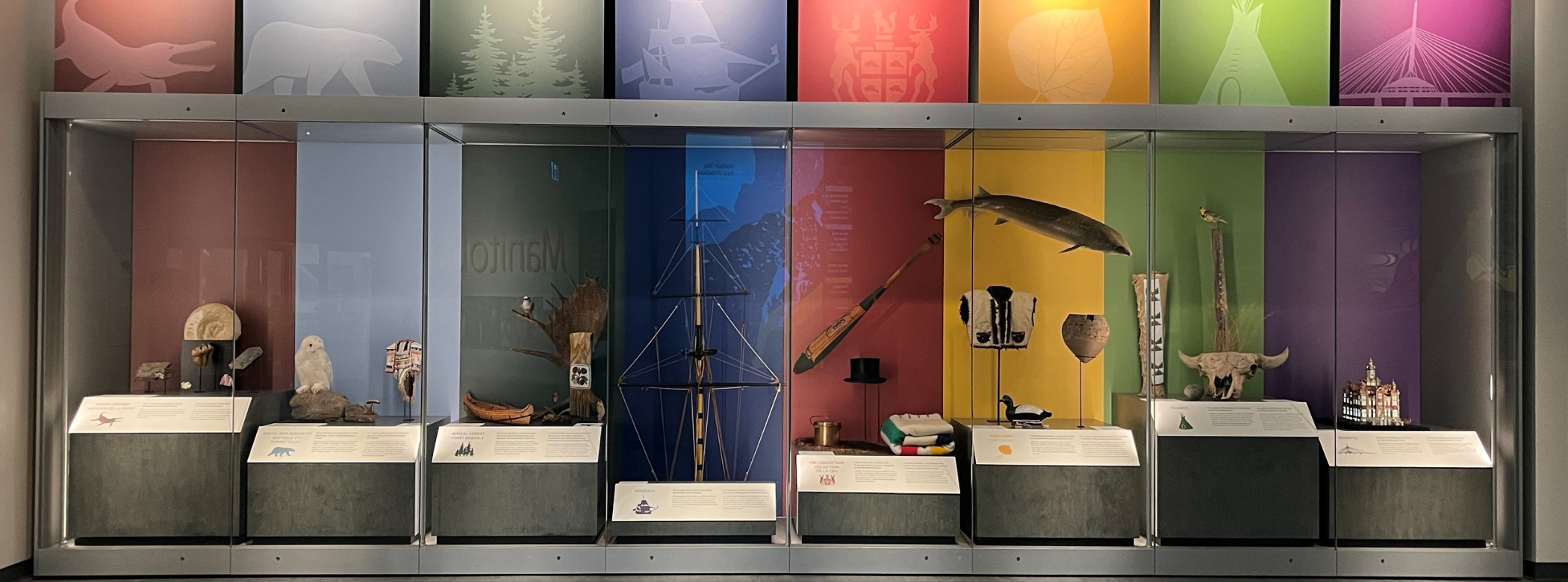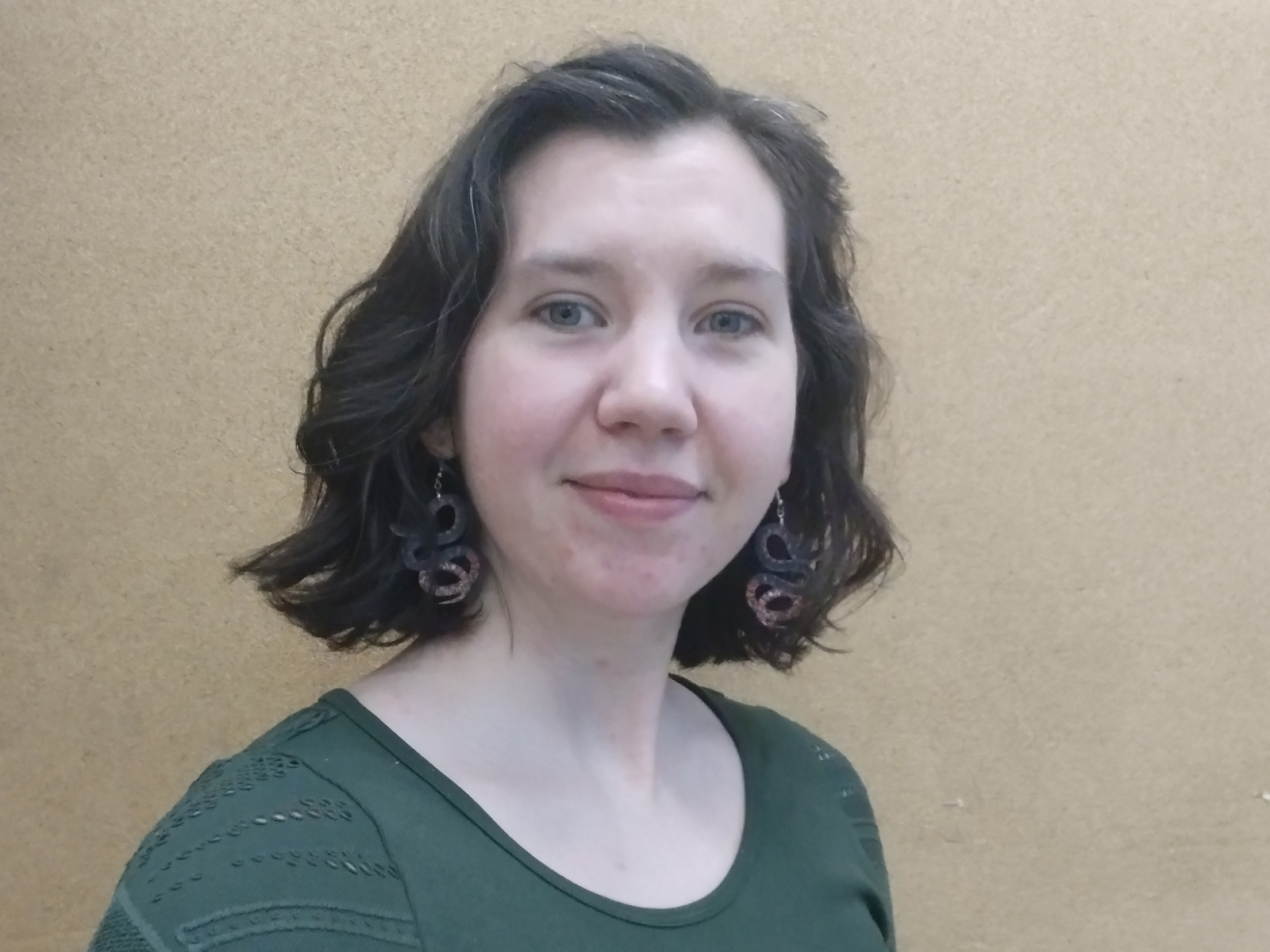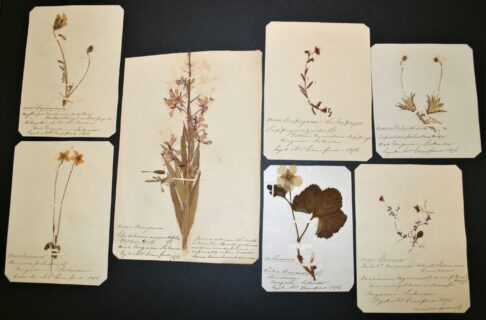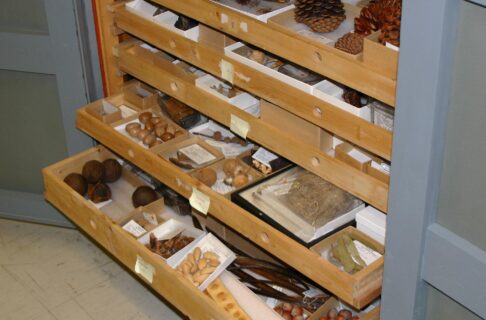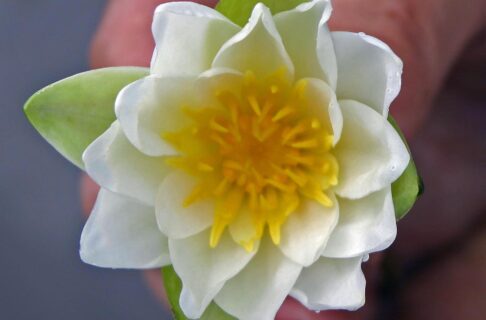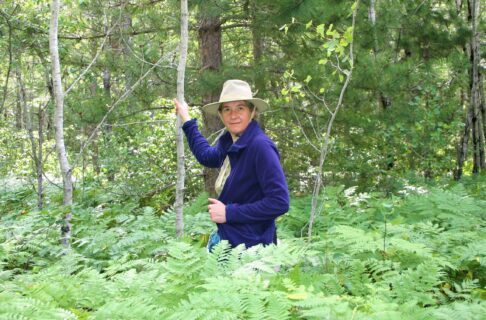Meet the team
Estelle Girard
Assistant Conservator
Estelle Girard holds a B.A. in History as well as a certificate in Art History from Université Laval, and a Masters degree in Conservation Practice from Cardiff University. Estelle’s main duties as Assistant Conservator include the preventive maintenance and refurbishment of the dioramas in the museum galleries. She also assists in the conservation lab by treating a variety of objects and specimens from the collection.
View BioDr. Brigit Tronrud
Collections Management Specialist – Natural History
Dr. Brigit Tronrud earned her D.Phil in Earth Sciences from the University of Oxford (2022) specializing in paleontology and zoology, following her B.Sc. from the University of Chicago (2017). Her doctoral research focussed on living and fossil birds and the relationship between avian foot function and shape. She has worked and volunteered at natural history museums in Canada (Royal BC Museum), Norway (Oslo Naturhistorisk Museum), and the UK (Oxford University Museum of Natural History), which contributed to her wide range of collections experience. At the Manitoba Museum, Brigit is responsible for the management of all collections within Natural History, including specimen preparation, storage, documentation, conservation, and access.
View BioAro van Dyck
Collections Technician – Natural History
Aro van Dyck earned her B.Sc. from the University of Manitoba, majoring in Biological Sciences and minoring in Entomology. She has also researched the diversity of wasps and bees Winnipeg’s greenspaces. As the Collections Technician for Natural History, she catalogues and cares for the conservation of plant, animal, and fossil specimens. When Aro is away from the Museum, she can be usually be found out looking for bugs.
View BioCortney Pachet
Collections Technician – Human History
Cortney Pachet started working at the Manitoba Museum in 2001 as a tour guide while earning her a BA (Honours) from the University of Winnipeg. She quickly realized that she wanted a career in museums and pursued a Master of Arts in Museum Studies from the University of Leicester. Cortney’s role as a collections technician involves documenting and researching artifacts in the Human History collections, as well as administering the museum’s collections management system.
View BioCarolyn Sirett
Senior Conservator
Carolyn Sirett received her B.A. in Anthropology from the University of Manitoba, Diploma in Cultural Resource Management from the University of Victoria, and Diploma in Collections Conservation and Management from Fleming College in Peterborough, Ontario. Working at the Manitoba Museum since 2013, Carolyn’s role as the Senior Conservator is to ensure the long-term preservation of the Museum’s large and diverse collection of artifacts and specimens, and world-class dioramas through preventive maintenance techniques, remedial treatments, and exhibit development.
View BioNancy Anderson
Collections Management Specialist – Human History
Nancy Anderson holds a B.A. (Hons) in History from the University of Winnipeg, and received her M.A. in Canadian Social History jointly from the University of Winnipeg and University of Manitoba. She has over 30 years experience in museums in Manitoba and has worked at the Manitoba Museum since 2005. Nancy’s role includes all aspects of collections management within Human History. She also has responsibility for the library and archives collections and handles intellectual property requests. She has served as President of the Association of Manitoba Museums (AMM), and is currently an instructor for the AMM courses on Collections Management, Deaccessioning, and Education and Public Programming.
View BioManitobans depend on healthy ecosystems for oxygen, flood control, food production, water purification, carbon storage, and economic and recreational activities, like forestry and tourism. Healthy ecosystems contain a diverse mixture of thousands of plant and fungal species. But, due to overexploitation, climate change, exotic species introductions, and pollution, our ecosystems are changing, and some species are becoming endangered.
To protect ecosystems, we need to know how they are put together, and how environmental changes may impact them. The purpose of the Museum’s botanical research is to better understand the composition, structure, and resiliency of plant and fungal communities, and how they interact with animals and microorganisms. Past research projects include the pollination ecology of prairie plants, fire ecology in the boreal forest, and the distribution of poorly known plant groups such as Bugseeds (Corispermum) and Water-lilies (Nymphaea). The abundance, distribution, and ecology of nationally rare plants, including Buffalograss (Bouteloua dactyloides), Small White Lady’s-slipper (Cypripedium candidum), Smooth Goosefoot (Chenopodium subglabrum), Western Prairie Fringed Orchid (Platanthera praeclara), and Western Silvery Aster (Symphyotrichum sericeum), has also been a major focus.
The botany collection at the Manitoba Museum contains over 50,000 preserved plant (i.e. ferns, mosses, flowers, trees, shrubs, etc.) and fungal specimens (i.e. mushrooms and lichens), representing over a third of all species in these groups in Manitoba. The collection includes over 2,200 specimens of wood obtained from all over the world, one of the largest collections of its kind in Canada. The Museum also houses about 15,000 specimens from the Whiteshell Nuclear Research Establishment herbarium in Pinawa, which closed in 1988. Scientists use the Manitoba Museum’s extensive collection of plants and fungi to understand how the province has changed over time, and how we can protect vulnerable species and ecosystems from extinction.
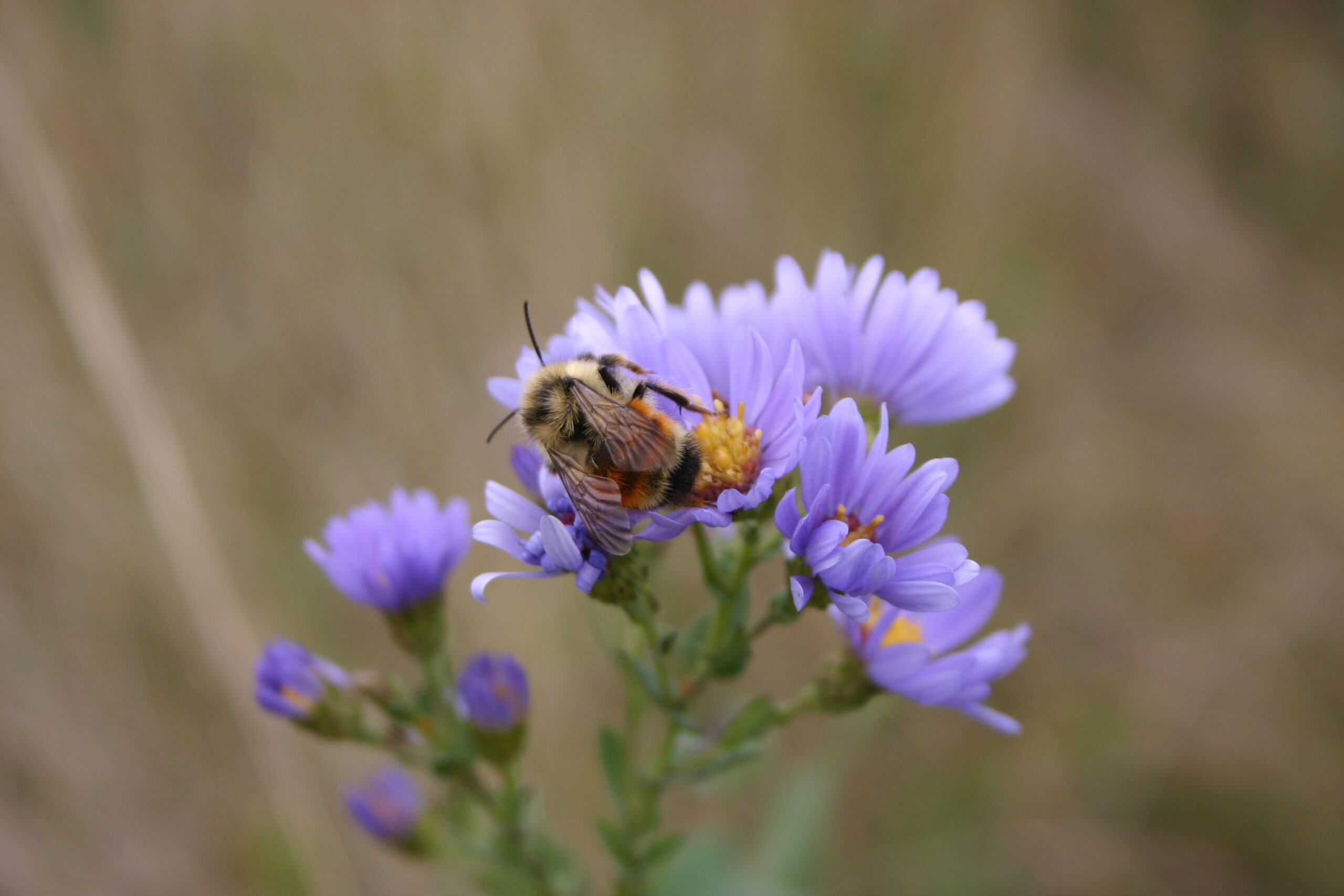
Prairie Pollination
Get to Know your Wild Neighbours!
Two-thirds of our crop species worldwide depend on wild pollinators to some degree. Those pollinators need more than just crop plants to survive – they need wild plants too! Staff at the Manitoba Museum have been quietly studying pollinators for over a decade.




